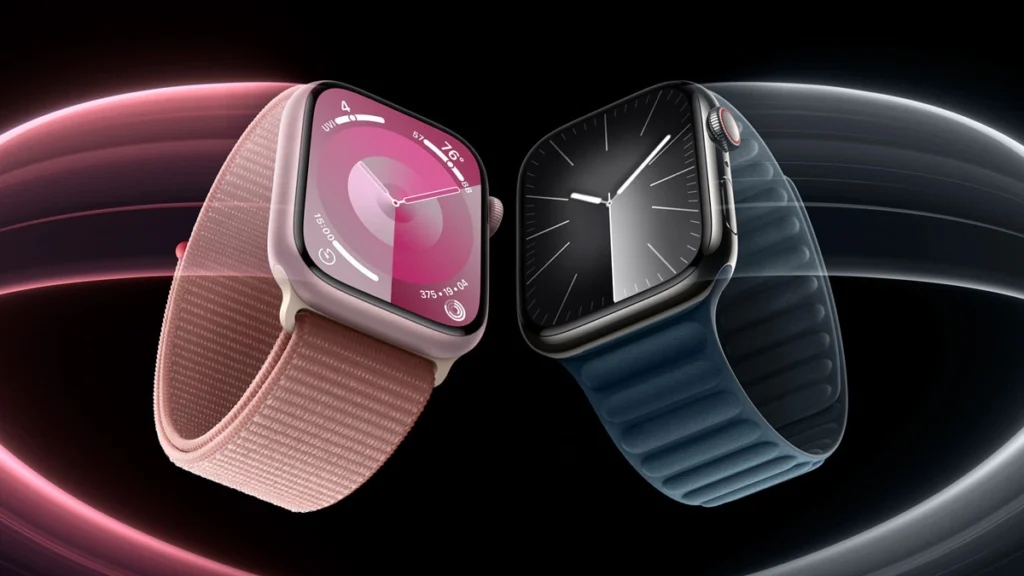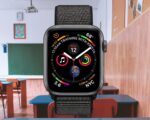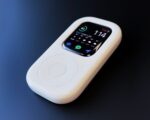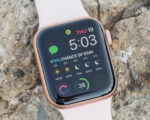Adaptation Strategy: Apple Watch Series 9 and Watch Ultra 2 to Maintain US Availability, Sacrificing Blood Oxygen Feature.
Apple has taken a strategic move by disabling the blood oxygen feature on its latest smartwatches, the Apple Watch Series 9 and Apple Watch Ultra 2, for the US market. This decision is in response to an impending US ban resulting from an ongoing legal dispute with medical technology firm Masimo.
The pulse oximetry feature, which allows users to measure their blood oxygen saturation (SpO2) levels, has been disabled due to patent infringement claims by Masimo. Despite the absence of a settlement discussion between Apple and Masimo, the tech giant is adhering to the ruling of the International Trade Commission (ITC) from October, which determined Apple’s infringement on Masimo’s pulse oximetry patents, initially introduced with the Apple Watch Series 6.
Masimo CEO Joe Kiani revealed that Apple had not engaged in discussions regarding a settlement amid the legal dispute. Recently, the Court of Appeals for the Federal Circuit ruled against Apple, preventing the company from selling the Apple Watch Series 9 and Watch Ultra 2 with the blood oxygen feature. Although the appeal period is ongoing, Apple has proactively disabled the blood oxygen sensor on these models in the US to navigate the import ban implications.

This means that both smartwatches in the US will still ship with a blood oxygen sensor, but its functionality will be disabled. The feature will also be disabled via the Watch app.
Meanwhile, Apple has also updated its product pages for the Apple Watch Series 9 and Watch Ultra 2 in the US with a banner that informs customers the blood oxygen feature isn’t available on those models, while it has also disappeared from the company’s feature comparison charts for different models.
It is important to note that the restrictions on the blood oxygen feature only applies to customers in the US, which means that the feature will work on the same models sold in other countries, including India. If Apple and Masimo resolve the patent dispute in the future, the iPhone make should be able to activate the functionality once more, as the company has merely deactivated the hardware on these models.


















